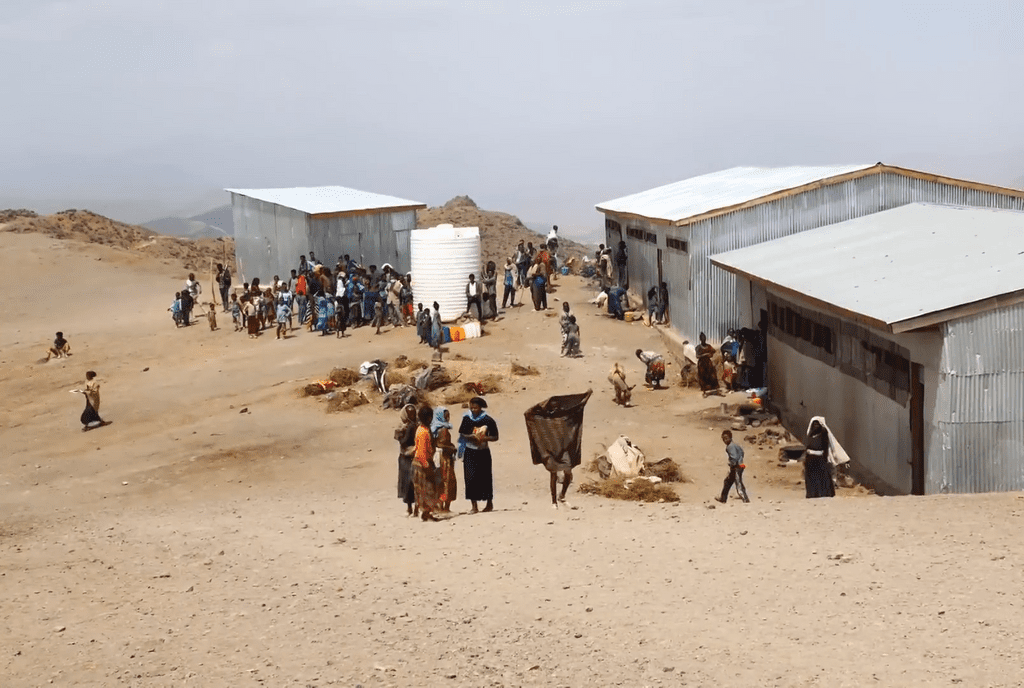It is now fifteen months since the Federal Government of Ethiopia and the Tigray People’s Liberation Front signed the ‘Agreement for Lasting Peace through a Permanent Cessation of Hostilities’ in Pretoria, South Africa. It is fourteen months since they signed the Nairobi Declaration on the modalities for its implementation.
In a report published today, “Towards a meaningful Peace for Tigray: How to Move from the ‘Permanent Cessation of Hostilities Agreement’ to a Durable Peace,” I explain the key provisions of the agreement and its implementation with clear priorities on the way forward.
The Pretoria Agreement is deficient in many ways. It entitled a ‘permanent cessation of hostilities’, an undefined concept whose implication (deliberate or inadvertent) puts the agreement is a truce of the parties not to fight one another, leaving everything else open. It also falls short of providing a roadmap towards political normalization despite mentioning continued political dialogue. It lacks clear provisions for post-conflict reconstruction and rehabilitation (PCRD) and falls short of providing proper and formal role to the UN and other international partners, despite the fact that the bill for the destruction of Tigray is presented to them. The agreement also falls short of is mentioning the use of starvation as a weapon of war as a crime and simply puts access to humanitarian operations as a task for the Federal Government as part of its confidence building measures. Despite providing some clarity on sequencing and time-lines, the Nairobi Declaration failed to fill the major gaps of the main agreement.
What exists is a barebones commitment to ending active hostilities with only the vaguest outline for how the parties will resolve their political differences and move the country forward. Most of these deficiencies were evident at the time. There was, and remains, a danger that the agreement serves as an instrument for continuing the objectives of the war in a different way.
Nonetheless the Pretoria Agreement and Nairobi Declaration are the only basis for Tigray and Ethiopia to move forward.
Fifteen months after the agreement, however, its key provisions have not been implemented. These include:
- Restoring the administrative territory of Tigray in accordance with the Constitution;
- The return of IDPs to their places of origin;
- The disarmament, demobilization, and reintegration of TDF combatants;
- Efforts towards transitional justice;
- Resumption of humanitarian assistance at scale;
- Efforts towards post conflict rehabilitation and reconstruction.
The key to the way forward is implementing the agreement in a holistic way.
The first step is restoring the pre-war administrative boundaries of Tigray. One the Tigray interim administration has all its territory under control, this will open room for the return of IDPs into their places of origin. This will also create conditions for the disarmament demobilization and reintegration of the TDF combatants.
On this basis Tigray can move towards accelerated reconstruction and rehabilitation.



